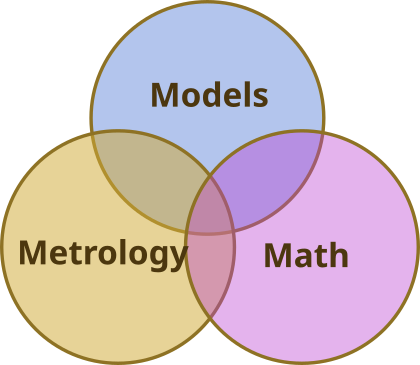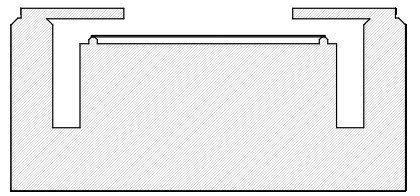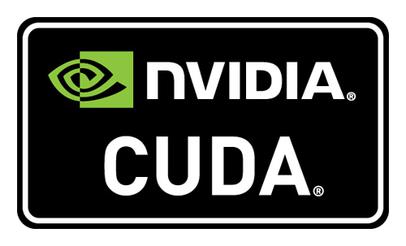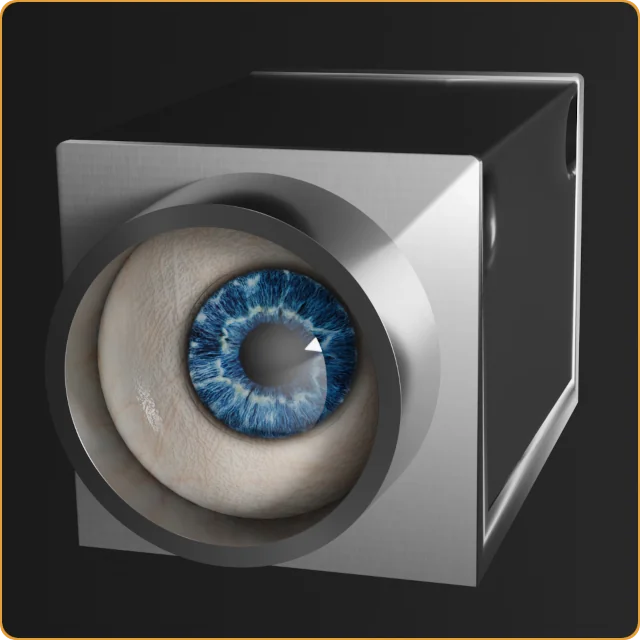As as warm-up for the release of the WaveMe product, a first short video of the software has been made public. This software, although still alpha, should give a hint what the WaveMe product is all about. This demo uses prerecorded images but contains all necessary synchronization to perform the phase-shifting measurement. The Blender image below shows an example how WaveMe could be used in a Twyman-Green interferometer characterizing a deformable mirror.
As as warm-up for the release of the WaveMe product, a first short video of the software has been made public. This software, although still alpha, should give a hint what the WaveMe product is all about. This demo uses prerecorded images but contains all necessary synchronization to perform the phase-shifting measurement. The Blender image below shows an example how WaveMe could be used in a Twyman-Green interferometer characterizing a deformable mirror.

A few words about the Trigger tool. In this video, the trigger tool uses a dummy library that would otherwise be used to control the hardware being measured, such as a deformable mirror or LCOS micro display, which can be stepped through a set of predefined states. Hence the counter with start and stop values in the trigger tool. This custom library, provided by the end user, is expected to have three functions allowing initialization, the selection of one of multiple states and one that closes the connection to the hardware. In this video, the time to select a new state was set to 60 milliseconds. The reason why a single measurement is in the video has a duration of 0.207s while 0.221s (4.42/20) were needed under the control of the trigger tool is because 60 ms were required to find a new state, which is more than the 49.7 ms it takes to receive one image from the camera. Hence, before each new measurement, the phase-shifting tool waits until trigger signals that a new measurement can start.
One would probably use the Trigger tool together with the Logger tool to save the measurements on disk. The Logger tool will be provided as open source and will serve mainly as an example of how to interact with the WaveMe program an offer some good programming practices to avoid the pitfalls of coding for a heavily multi-threaded, asynchronous platform.
Support for actuators from Physik Instrumente and Madcitylabs will be available initially followed by Prior Scientfic and Aerotech Inc.
If you are looking for more information on interferometry, there is no better source than James C. Wyant, a leading expert in the field. He has written an informative article on “Computerized Interferometric Surface Measurements” that you may find helpful. Additionally, the phase-shifting section of the Tech Talk about Wavefront Metrology also contains useful information.
More videos will follow shortly. Please sign up on the contact page to get updates about future videos and product releases.








Leave a Reply